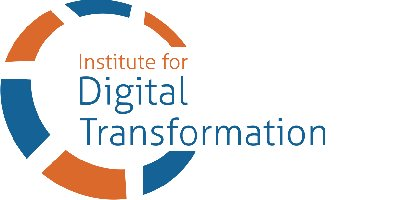While back on the island of Bonaire this January after a 20-year absence, my husband and I were joined by friends and made our way to the Salt Flats, a sight that needed re-seeing. The Flats are a unique mixture of colors across the horizon within large, neat, shallow rectangular water ponds of white, pink, and shades in between glistening against the backdrop of warm Caribbean blue. Salt is something we use daily, but the beauty of its origins is likely an element we don’t consider.
Weeks later I found myself in the Sacred Valley of the Incas in Peru, not far from Machu Pichu, exploring the mountainous countryside. It was with wonder that I learned there were Salt Flats2 here at the foot of the Andes. Hundreds of muddy brown ponds were arranged in small rectangular pods each separated by rock walls, hand arranged and individually managed by the locals. Strangely I had never considered that salt would be born from the mountains as well as the sea.
Life keeps teaching and humbling, no matter how much experience and knowledge we think we have accumulated, there seems to always be more to discover.
As a leader, accepting this truth is the vital key to continued growth for the business.
Leaders Learn
When working with organizations on how to draw financial benefits from a Customer Engagement Program there is usually some skepticism that the “soft skills” can truly drive revenue. The bounds of a Customer Engagement Program veer from traditional customer management and sales practices of days past. However, the statistics are consistent, according to Forbes, “…customer-centric companies grow their revenues 4% to 8% faster than their market competitors.”1
Innovative and growth oriented senior management teams understand the value of customer retention, and those that can think forward realize the expectations of their customers have changed from a transactional relationship to one that is interactive and personalized.
Leadership that is adaptive and ready to change the Go-To-Market formula from legacy practices to an enterprise-wide customer-first program realize this means learning to hear the customer and a preparedness to act. The customer’s view of your business can at times be humbling, but growth-oriented executives welcome the teaching.
Managing the Customer Program Differently
While soft skills are certainly a part of the customer engagement practice, I recommend a systematic and metric driven approach with a defined framework.
The framework for the Customer Engagement Program has three pillars: Customer Experience (CX), Customer Success, and Customer Service and they are defined as outlined below:
- Customer Experience – the customer’s perception acquired from every interaction point of your company
- Customer Success – the stewardship of the customer relationship, a proactive, intentional, and measured discipline
- Customer Service – the traditional function that serves to handle questions and issues as they arise
All three of these pillars require a foundation of an intentional Employee Experience Program, for without engaged employees that are fully aligned and supportive of the company’s reason for existing, Customer Engagement cannot be sustained, and the Customer Experience will suffer.
Employee Experience (EX) is not simply about offering the staff special ice cream and food truck days, it’s a deeper investment in sharing the company’s purpose and aligning the value of the work that each employee provides towards the delivery of the greater business goals.
At the root of EX is the individual and how they contribute. A strong Employee Experience Program considers how each person views their efforts in supporting and delivering delightful products and services to your customers and the realized expectations of all stakeholders, both internal and external.
Starting with the employee, considering the expectations of the customer, driving a culture that is centered on services and product delivery from the lens of the customer, and using trackable metrics to assure the program delivers on its promise for satisfaction and revenue growth, is the basis for a successful engagement practice.
Experience is like Drawing Salt from Rock
I discovered while in the Salt Flats of the Sacred Valley, that there was a trickling thin stream coming off the mountain draining into the massive maze of salt pools. It struck me as an impossibility that this tiny water source could draw enough salt from the mountain to fill the hundreds of ponds, and subsequently the piles and piles of salt bags loaded on the trucks. The ingenuity and understanding that this operation in one form or another had been working since Incan times, was a lesson for me.
What we know in our own small bubble of exposure is only a fraction of the ideas and possibilities that exist.
Business processes are no different. We learn methods and workflows, we interact in our own limited exposure, we understand what we know. Building strong customer relationships as the underpinning of a successful enterprise is not new; in one form or another this concept may be as far-reaching in time as the Incas. But looking at the future of work we must expect that there may be ways of working that we have not seen before or that appear to be unusual or surprising.
The “soft skills” required of a Customer Engagement Program may seem like a trickle of water but cultivated by a forward-leaning senior management team, the gains in customer satisfaction and revenue growth are just waiting to be collected and the benefits reaped.
2 Maras Salt Flats, https://www.peru.travel/en/attractions/maras-moray
Tag/s:Business TransformationCustomer ExperienceDigital EnterpriseEducationOrganizational Change





